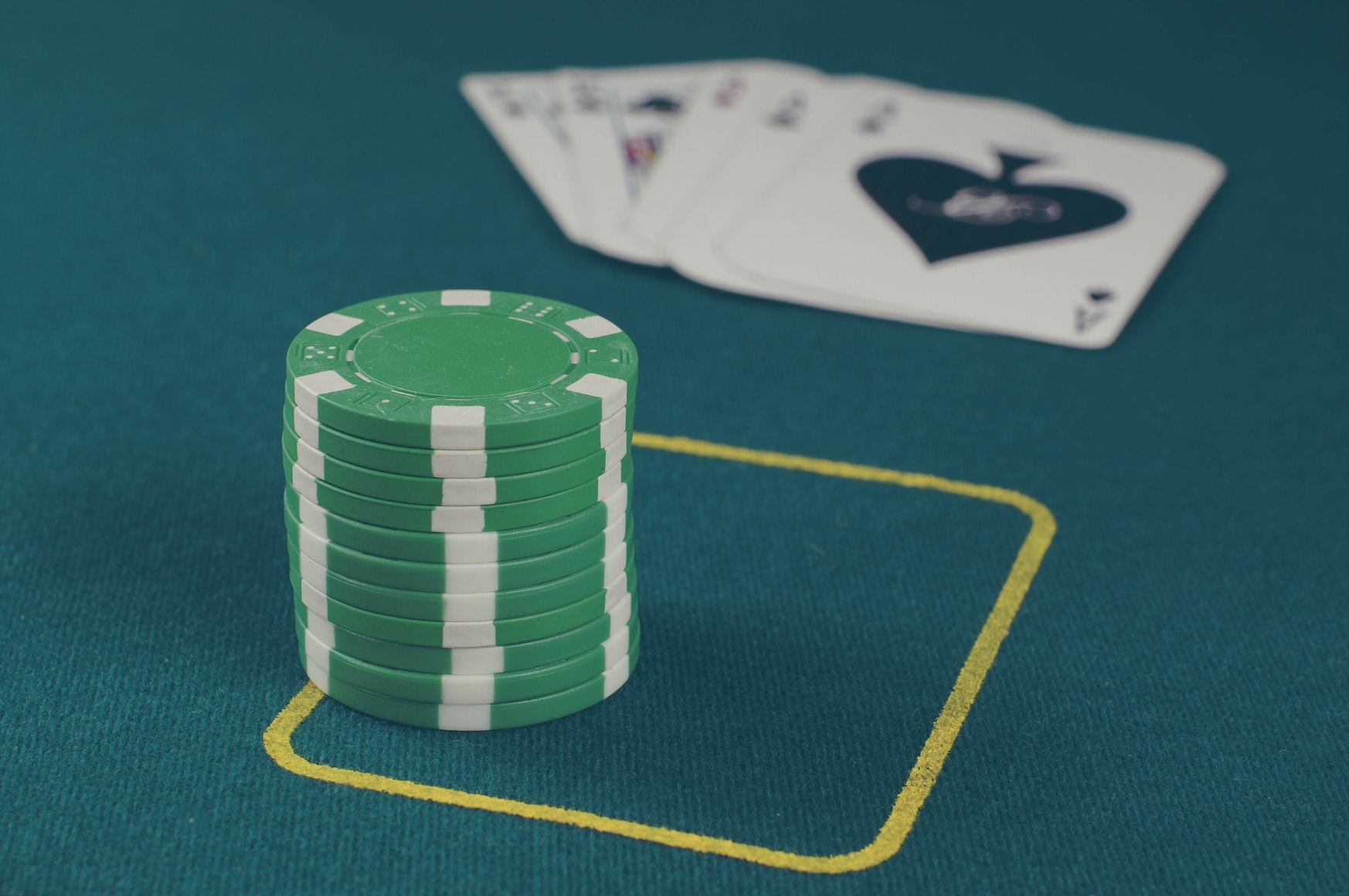You may know poker just as a fun game to play with friends, but it is also an incredibly lucrative spot. The top poker pros compete in high-stakes tournaments with millions of dollars on the line. If you are new to poker, you may think that the best players are just lucky, but this could not be farther from the truth. While the basic rules of poker can be learned in a few minutes, mastering the game takes years of hard work. Another misconception people have about pros is that their skill comes from being able to tell their opponents’ cards, often through spotting subtle movements. While reading physical tells is a skill that pros have, it is not used as much as you may think. Instead, pros mainly rely on a solid poker strategy. In this poker guide, we will teach you these strategies so you can implement them in your games.

1. The rounds of poker
We will cover strategies for the four main betting rounds of Texas Holdem poker. If you do not know what these rounds are, don’t worry. Here are the five rounds in a typical game of Texas Holdem:
Pre-Flop
In this round, the dealer gives everyone their two hole cards, and the blinds make their forced bets. Standard betting action begins with the player clockwise to the big blind, as they have to call, raise, or fold to the blind bet.
Flop
This is the round when the flop (the first three community cards) is dealt. Regular betting then begins with the player left of the button.
Turn
This round is when the fourth community card is dealt. Betting then happens in the same fashion as the flop.
River
This round is when the dealer reveals the fifth community card. Betting action begins again in the same style as the previous two rounds.
Showdown
If there is still more than one player after the river, the showdown begins. No more betting action; instead, players reveal their cards to determine the best hand. The winner takes the pot.
2. Pre-Flop
The Pre-Flop is often considered the most crucial part of poker, as the decisions you make here serve as the foundation for your strategy throughout the game. With that in mind, here are a few tips to ensure your pre-flop success:

3. Flop
The flop is when everyone starts evaluating their hand’s current strength and potential. It is essential to recognize the “wetness” of the flop, which is the likelihood of getting potential strong five-card hands from it. Some examples include:
Recognizing these flop states is essential to guessing your opponent’s cards and bluffing that you have a strong five-card combo.
4. Turn
The turn is the penultimate betting round in poker. By the turn, the pot has probably grown to a decent size, and now you must decide whether to commit to your hand fully or not. Here are a few things you should remember:
5. River
The final betting round in poker, you will not be getting any more cards after the river. There is no need for math on your draws, so river strategy differs significantly from the other rounds. Here are a few tips for playing the river well:

Where to practice poker
We hope this article helped you improve your strategy and learn how to play poker. If you want to practice and play, you should sign up at GGPoker, the world’s largest poker room. There are many benefits to playing online poker, from playing many games at once to using software to track and interpret your stats.




